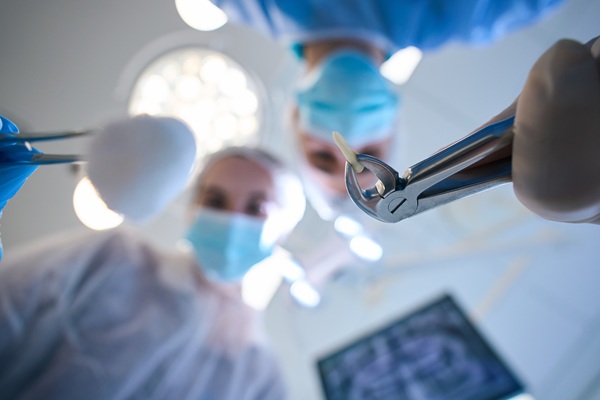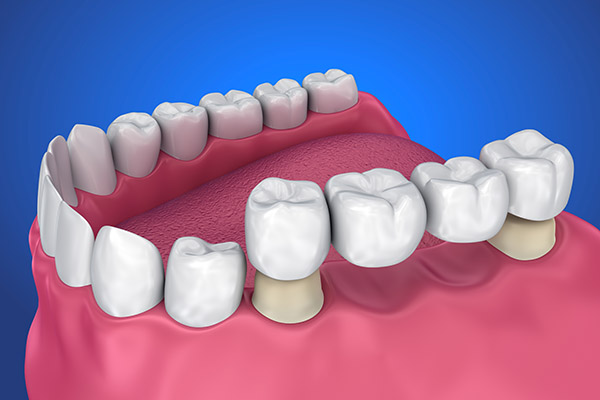Wisdom Teeth Extraction: What to Expect Before, During, and After
is a common dental procedure that helps prevent problems with impacted or misaligned third molars. Many people need this procedure to keep their mouths healthy and avoid issues like discomfort, infection, and overcrowding. Knowing what to expect before, during, and after the extraction can make the overall treatment and recovery process easier.
Wisdom teeth: what they are and why dentists remove them
Wisdom teeth, also known as third molars, are the last permanent teeth to emerge, typically appearing in late adolescence or early adulthood. While some individuals have no issues with their wisdom teeth, many experience problems due to limited space in the mouth or improper alignment.
Dentists often recommend removing wisdom teeth for the following reasons:
- Impaction. Wisdom teeth may become trapped under the gum or grow at an angle, leading to pain and infection.
- Crowding. Limited space in the jaw can cause wisdom teeth to push against other teeth, resulting in misalignment.
- Tooth decay and gum disease. As wisdom teeth are located at the back of the mouth, they can be difficult to clean, increasing the risk of cavities and gum disease.
- Cysts and damage to nearby teeth. Impacted wisdom teeth can develop cysts or cause damage to adjacent teeth and bone structures.
If patients begin to experience the above issues, their dentist will often recommend wisdom teeth extraction as a preventive measure to maintain oral health and prevent future complications.
What you can expect from the process
Before the procedure
Preparation for wisdom teeth extraction typically begins with a consultation with a general dentist. They will conduct a thorough examination, including X-rays, to assess the positioning of the patient's wisdom teeth and determine the best approach for removal. The dentist may discuss potential risks, sedation options, and post-operative care instructions to ensure the individual can make informed decisions about their oral health.
Leading up to the surgery, the patient may need to fast, particularly if they will be sedated during the procedure. The dentist will also provide specific guidelines regarding their food and drink restrictions. Additionally, transportation arrangements should be made, as driving after sedation is not recommended.
During the procedure
Wisdom teeth extraction is performed under local anesthesia, sedation, or general anesthesia, depending on the dental practice and patient preference. The dentist or oral surgeon makes an incision in the gum tissue to access the tooth. In some cases, the tooth is divided into smaller sections to allow the dentist to remove it with minimal impact on the surrounding bone and gum tissue.
The extraction process typically lasts between 30 minutes to an hour. Simple extractions of fully erupted wisdom teeth may take less time, while impacted teeth may require a longer procedure. After the teeth are taken out, the dentist may use stitches to close the area. They will also place gauze to help stop bleeding and form a blood clot.
After the procedure
Following wisdom teeth extraction, proper post-operative care is essential to promote healing and reduce the risk of complications. Swelling and discomfort are common during the first few days. Fortunately, cold compresses help minimize swelling, while over-the-counter pain relievers can alleviate discomfort.
Rest for the first 24 hours after the procedure is important. Patients should limit physical activity to prevent excessive bleeding. During the initial recovery period, they should eat soft foods like yogurt, mashed potatoes, and applesauce. Additionally, they will need to avoid drinking beverages with straws, smoking, or drinking hot beverages. These activities can interfere with healing and increase the risk of dry sockets. A dry socket is a painful condition caused by losing the blood clot too soon.
Patients should exercise caution when maintaining their oral hygiene. Rinsing with warm salt water after 24 hours can help keep the surgical site clean and reduce the risk of infection. Brushing should be done carefully to avoid disturbing the area. Depending on the patient's needs, they may need to schedule follow-up appointments so the dentist can monitor healing and remove any non-dissolvable sutures.
Potential complications and when to seek professional help
While wisdom teeth extraction is generally safe, complications can arise. Common complications of this oral surgery include:
- Fever
- Swelling
- Foul-smelling discharge from the surgical site
- Excessive bleeding
- Persistent pain
- Dislodged blood clot (dry socket)
While rare, nerve damage is a possible complication, potentially causing temporary or permanent numbness in the tongue, lips, or chin. If unusual symptoms occur, the patient should call their dentist as soon as possible.
Wisdom teeth extraction does not have to be scary
The SmileWell Family Dentistry team understands that oral surgery can be nerve-wracking. But wisdom teeth extraction does not have to be scary, especially if you prepare yourself beforehand. We are here to make the process as easy as possible. Call our Torrance office to learn more or to schedule an appointment.
Request an appointment here: https://smilewellsouthbay.com or call SmileWell Family Dentistry at (310) 904-6375 for an appointment in our Torrance office.
Check out what others are saying about our dental services on Yelp: .
Recent Posts
For patients who have been suffering from a damaged or infected tooth, finally getting the tooth extracted can feel like a relief. However, bleeding after a tooth extraction can be worrisome and inconvenient. Before a patient undergoes a tooth extraction, it can be helpful to know what to expect in terms of bleeding.After a tooth…
People with multiple missing teeth have many options to consider. This article provides an overview of options for replacing multiple missing teeth. Since there are so many choices, making a selection can be an issue. Some tooth replacement options are not suitable for particular cases, which means patients need to take their time to review…
The bridge is a dental repair that is cemented in place and is used to replace missing teeth. It is done by attaching an artificial tooth definitively to an adjacent tooth, be it natural or artificial. In most cases, crowns are artificial teeth paired with bridges. They are usually made from porcelain or blended resin.…
There are several options for replacing missing teeth so that you can preserve your jawbone and keep your face looking its best. You can discuss with your dentist what option might be best for you based on the type of work required to replace the tooth or teeth and other factors such as how long…


